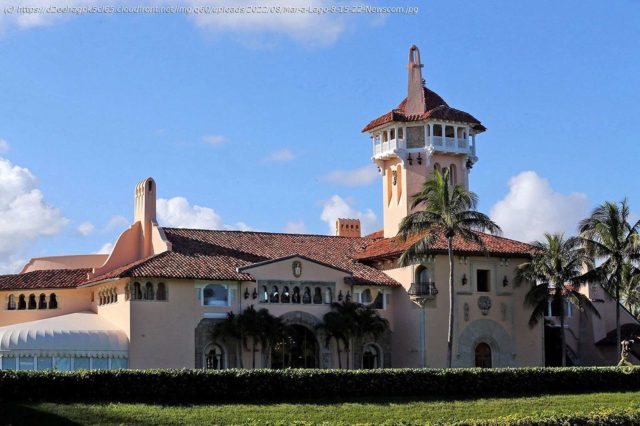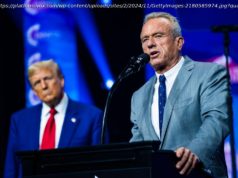Whatever threat it may have posed, the trove of government documents seized by the FBI does not reflect well on the former president’s judgment.
The main justification for the FBI’s August 8 search of former President Donald Trump’s home at his Palm Beach resort—securing state secrets—requires us to accept the government’s characterization of purloined documents that we are not allowed to see. Trump, meanwhile, insists he had no classified documents, which is even harder to believe.
According to the search warrant inventory that was unsealed last Friday, the FBI found 11 sets of classified documents, ranging from «confidential» to «top secret,» at Mar-a-Lago. The top-secret documents included some that were labeled «SCI,» or «sensitive compartmented information,» an especially restricted category.
Trump does not dispute that the documents bore those labels. But he says «the very fact that these documents were present at Mar-a-Lago means they couldn’t have been classified,» because he had «a standing order» as president that said any material «removed from the Oval Office and taken into the residence» was «deemed to be declassified.»
If so, Trump’s treatment of classified material was remarkably cavalier. The fact that he removed documents to study in preparation for the next day’s work, which is how he describes it, had no bearing on the question of whether declassifying them could compromise national security, which is supposed to be the main consideration in such decisions.
Домой
United States
USA — mix Trump's Defense Suggests His Treatment of Classified Material Was Remarkably Cavalier






